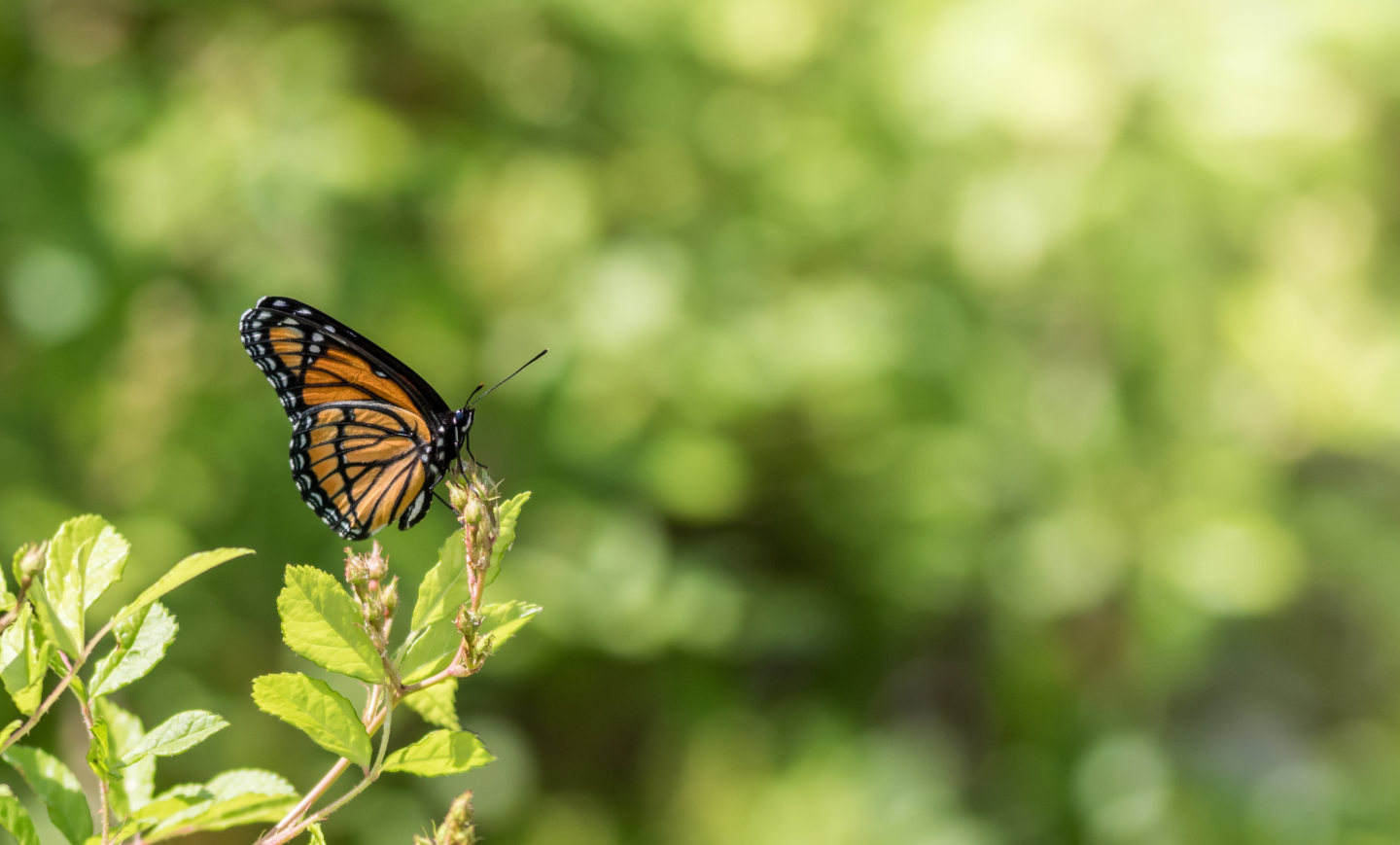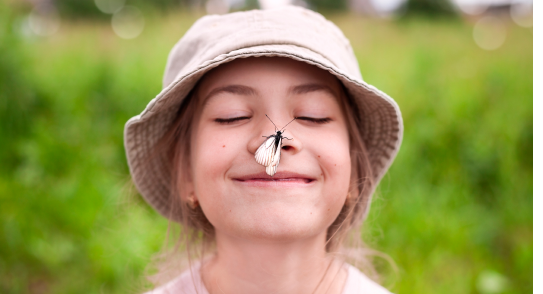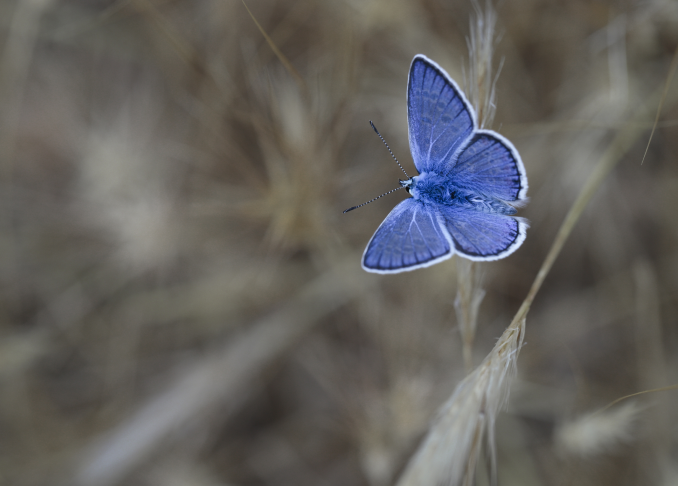
Fact #1
The butterfly population in the U.S. has decreased by one-third over the past two decades.
Fact #2
The 90 percent drop in the monarch’s population is a loss so staggering that in human-population terms, it would be equivalent to losing every living person in the U.S. except those in Florida and Ohio.
Fact #3
Over the past 35 years, butterflies have been disappearing even in pristine protected areas such as the Sierra Nevada mountain range.
What do butterflies do?
Butterflies are important pollinators as they travel long distances and are essential to ecosystem health. The size of butterfly populations is in direct correlation to the stability of the ecosystem. Butterflies in their various life stages provide food for many animals like birds, small mammals, and other insects. Certain species of butterflies eat aphids, which serves as a natural control for these pests.
Butterflies make us happy, according to naturalist and veteran broadcaster Sir David Attenborough.


Why do we need butterflies?
As you likely know, the majority of plants need pollinators like bees and butterflies to reproduce and one of the most important jobs of a butterfly is to pollinate. Butterflies are also an indicator of a healthy environment – a garden that attracts butterflies will also bring native bees and birds. In short, we need butterflies to ensure the health of our planet!
If butterfly populations diminish (or disappear altogether), the impact would be huge and affect our entire ecosystem.
Certified Butterfly Garden Recognition
We are proud to announce that our garden has been officially recognized as a Certified Butterfly Garden by the North American Butterfly Association. This certification affirms our commitment to providing essential resources that help increase the world’s butterfly populations.

What is causing butterflies to become so endangered?
Butterflies are some of the most sensitive insects. The impact of climate change including drought, reduced growth of milkweed and the increased frequency of wildfires, in addition to the increased use of herbicides and genetically engineered crops all have majorly disastrous effects on the butterfly population.
And these issues are cyclical: as temps warm across the world due to global warming, plants are blooming earlier and become out of sync with when butterflies lay their eggs and metamorphose. Once the butterflies emerge, the plants they rely on for food have already bloomed out, leaving little for the butterflies to feed on, in turn, greatly affecting their ability to reproduce and survive.
Because butterflies are so sensitive to habitat and climate change, scientists are monitoring them as one factor that speaks to the wider effects of habitat fragmentation and climate change.
How can you help?
Get Kids Involved

Butterflies are very interesting for children. The metamorphosis from a larva into a butterfly is a great way to share the magic within nature. This helps to engage children in science, encouraging them to become responsible citizens of the Earth.
Bring Tending Your Yard, Tending The Earth Concepts to Your Home
Learn more about how you can implement similar changes to your property and join us in helping to save this place we call home, the Earth.
Learn MoreDid you know?

Butterflies actually have four wings, not two. Despite how they may appear when in motion, butterflies have four separate wings. The wings closest to their head are called the forewings, while those in the rear are called the hindwings. Thanks to strong muscles in the butterfly’s thorax, all four wings move up and down in a figure-eight pattern during flight.







